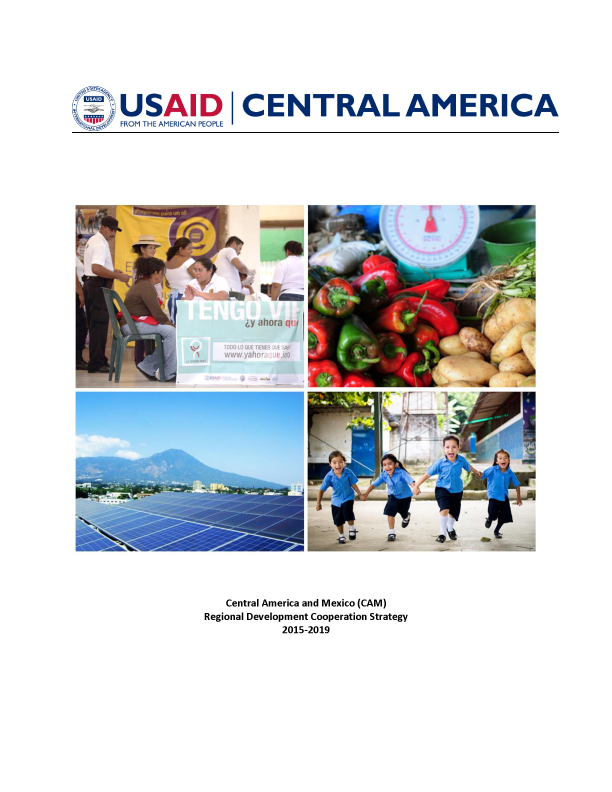Speeches Shim
USAID/CAM will pursue ways to assist and bolster missions’ efforts and redefine the way in which regional platforms interact with and provide support to missions in Central America as they seek to address the region’s most pressing development challenges.
The Regional Development Cooperation Strategy (RDCS) for Central America and Mexico (CAM) lays the foundation for USAID’s presence in the region, and solidifies the commitment of USAID Missions in Central America and Mexico to close collaboration and enhanced cooperation to strategically target the region’s most pressing development challenges. By increasing communication, through a multi-level approach that includes the Bureau for Latin America and the Caribbean (LAC), and Central America Mission leadership and technical teams, USAID/CAM will serve as a regional convener, facilitating the sharing of ideas, successes, and lessons learned throughout the region. Against this backdrop of greater partnership, USAID/CAM will pursue ways to assist and bolster missions’ efforts and redefine the way in which regional platforms interact with and provide support to missions in Central America as they seek to address the region’s most pressing development challenges.
The RDCS addresses U.S. foreign policy priorities and correlated development challenges in the region, including: ineffective governance; the evolving security situation, specifically the pervasive crime and violence affecting the Northern Triangle countries of Guatemala, El Salvador, and Honduras; slow economic growth and integration; climate change and high vulnerability to natural disasters; and HIV/AIDS. Specifically, the RDCS is informed by the recent surge in migration by Central Americans, notably children and youth, to the U.S., which indicates that the serious and long-standing challenges in the region are worsening. Increased migration has, in turn, contributed to the disintegration of the family structure, with fragmented families increasingly unable to provide stability and structure for children and youth. With few social ties, little opportunity, and facing a real fear of crime and violence, children and youth turn to migration as a viable alternative to life in Central America. Because many of these issues span the region, crossing borders and affecting multiple populations, a regional strategy is best suited to respond to these regional development challenges, in close coordination with bilateral missions. Moreover, doing so in a holistic way that recognizes the interrelated nature of these issues is paramount. Programming that eschews traditional sectoral stovepipes, and contemplates the linkages between citizen security, economic growth, and global climate change, will enable USAID/CAM to contribute to comprehensive regional change.


Comment
Make a general inquiry or suggest an improvement.